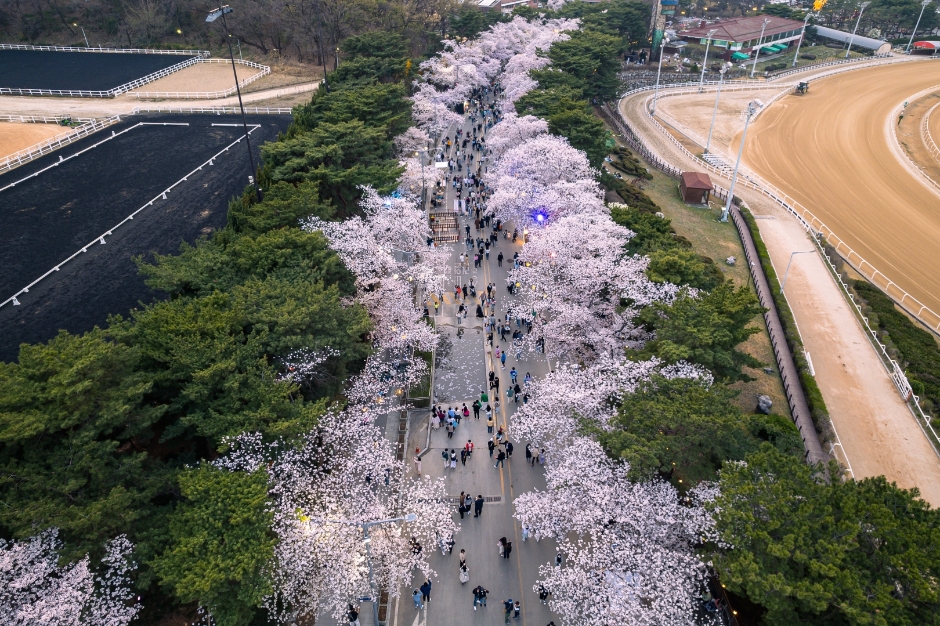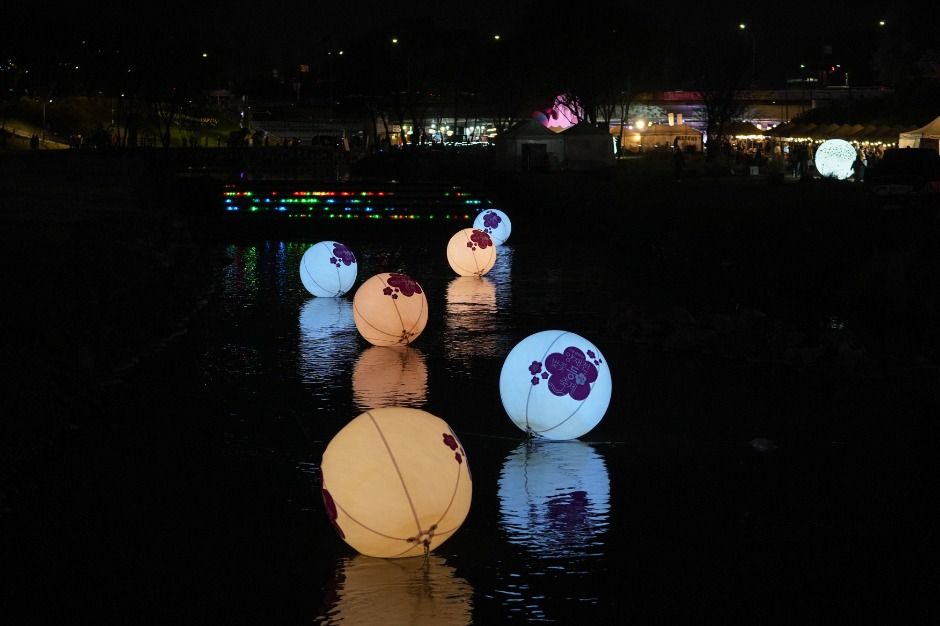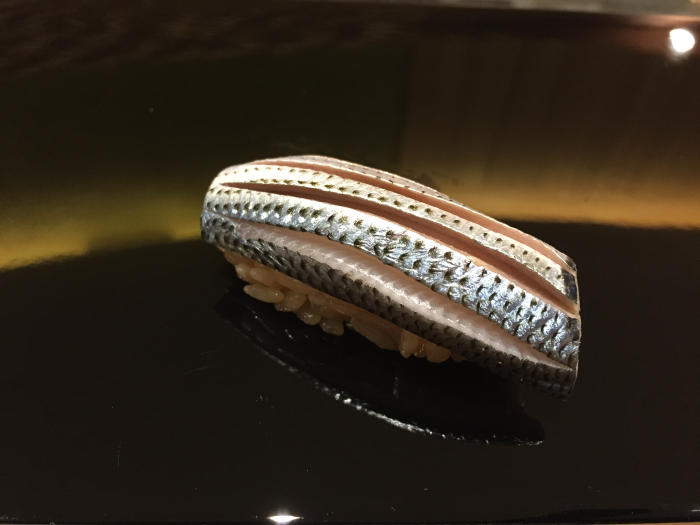Ononsa (온온사)
9.4Km 2023-07-13
Gwanaksan-gil 58, Gwacheon-si, Gyeonggi-do
Festival de Flores de Cerezos en Let's Run Park de Seúl (렛츠런파크 서울 벚꽃축제)
9.4Km 2025-03-26
Gyeongmagongwon-daero 107, Gwacheon-si, Gyeonggi-do
02-3448-0095
PungGyeong [Korea Quality] (풍경 [한국관광 품질인증])
9.4Km 2025-10-23
32-6, Seonggyungwan-ro, Jongno-gu, Seoul
PungGyeong, located opposite Sungkyunkwan Academy in Jongno-gu, Seoul, is a hanok-style guest house whose outer wall is painted with a stylish blue pine tree. The guest house is equipped with bedrooms and a kitchen/diner with a table. Residents can have toast for breakfast, and simple Korean meals are provided for guests staying more than two days. In the winter you can sample traditional Korean tea brewed by the owner.
Festival de los Faroles de Cerezo del Arroyo Yangjaecheon (양재천 벚꽃 등(燈) 축제)
9.4Km 2025-03-21
Yangjae-dong 261-23, Seocho-gu, Seúl
02-2155-8607
Salón de Arte de Yangjae (양재아트살롱)
9.4Km 2025-09-03
Yangjae-dong 261-23, Seocho-gu, Seúl
070-4266-3277
Kwangya Seoul (광야 서울)
9.4Km 2024-02-27
Wangsimni-ro 83-21, Seongdong-gu, Seúl
Sushi Kaisin (스시 카이신(鮨海信))
9.6Km 2025-07-18
12, Dosan-daero 100-gil, Gangnam-gu, Seoul
Sushi Kaisin is a luxurious sushi restaruant owned by Japanese Chef Kyousuke Sato. Chef Sato gained much knowledge about seafood through his working experience at fisheries market and two years of experience as a fisher. After building his career as a chef by working at top-notch sushi restaurants and five-star hotels in Japan, Chef Sato opened his very own sushi restaurant in Cheongdam-dong, Seoul in 2017. Fresh ingredients carefully selected and brought in from Jeju Island are prepared into an authentic Edomae sushi through Chef Sato's unique techniques. Although the restaurant is small, allowing up to only six customers at the counter table, Chef Sato ensures that the excellent food and service quality remain consistent as the chef personally tends to every aspect of the restaurant, from selection of ingredients and food preparation to customer service. Chef Sato is able to provide menu explanations and engage in friendly conversations with customers in fluent Japanese, Korean, and English due to his broad experience and expertise from traveling and working over the past years. Reservation is advised due to limited seating.
Gungnara Naengmyeon Mukbap (궁나라냉면묵밥)
9.6Km 2025-08-01
6, Jibong-ro 12-gil, Jongno-gu, Seoul
Gwangyang Bulgogi (광양불고기)
9.6Km 2025-05-15
531, Nambusunhwan-ro, Yangcheon-gu, Seoul, Korea
Templo Myogaksa (묘각사)
9.6Km 2021-02-04
Jongno 63-gagil 31, Jongno-gu, Seúl.
El templo Myogaksa se localiza en la ladera oriental del monte Naksan, en Sungin-dong, Jongno-gu, Seúl. Construido por el monje Taeheo en mayo de 1930, se ha expandido hasta tener dos renovaciones. La ubicación del templo se basa en los principios del feng-shui (pungsu en coreano), que dictamina que un templo construido en este sitio traerá paz y comodidad a los habitantes de Seúl. El complejo del templo Myogaksa tiene un Santuario Deabul (Gran Buda), un santuario budista Wontong, un pabellón de oraciones Nakga, una Gruta Seokguram, un Pabellón del Espíritu de la Montaña (Sansingak), etc. Los santuarios Deabul y Wontong son magníficas obras de arte arquitectónico budista. La estatua de Buda, ubicada en la Gruta Seokguram, fue contruida alrededor del siglo IX o principios del siglo X, y es un tesoro nacional. La estatua Maebul, también en este templo, fue tallada de los acantilados de roca del monte Naksan y es un patrimonio cultural de la ciudad de Seúl.
Desde la Copa del Mundo de 2002, el templo Myogaksa lleva adelante un programa de estancia en templo, y es un maravilloso lugar donde los turistas pueden escapar del bullicio de Seúl y sentir la serenidad del budismo.


![PungGyeong [Korea Quality] (풍경 [한국관광 품질인증])](http://tong.visitkorea.or.kr/cms/resource/80/2633780_image2_1.jpg)






 Español
Español
 한국어
한국어 English
English 日本語
日本語 中文(简体)
中文(简体) Deutsch
Deutsch Français
Français Русский
Русский